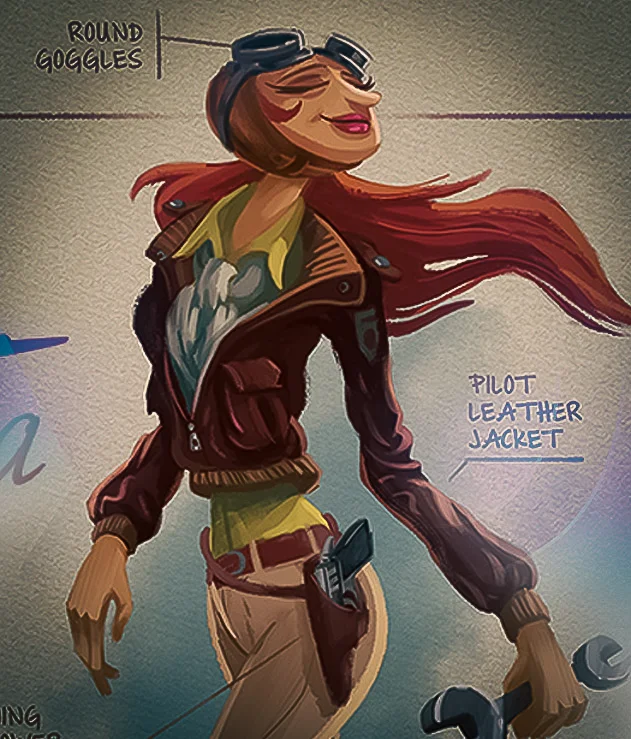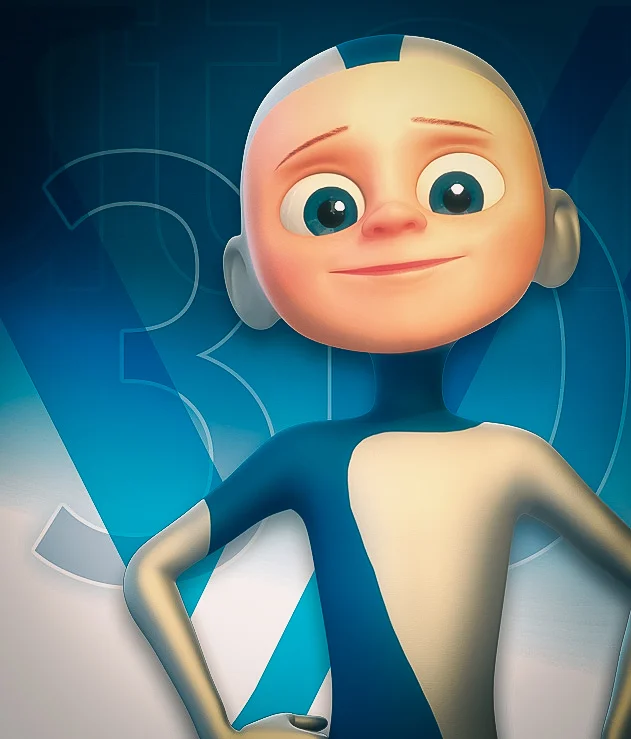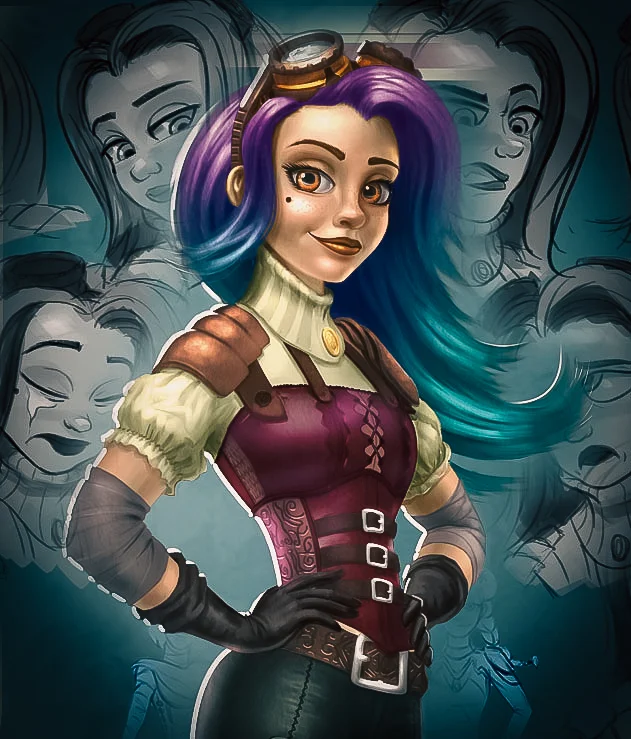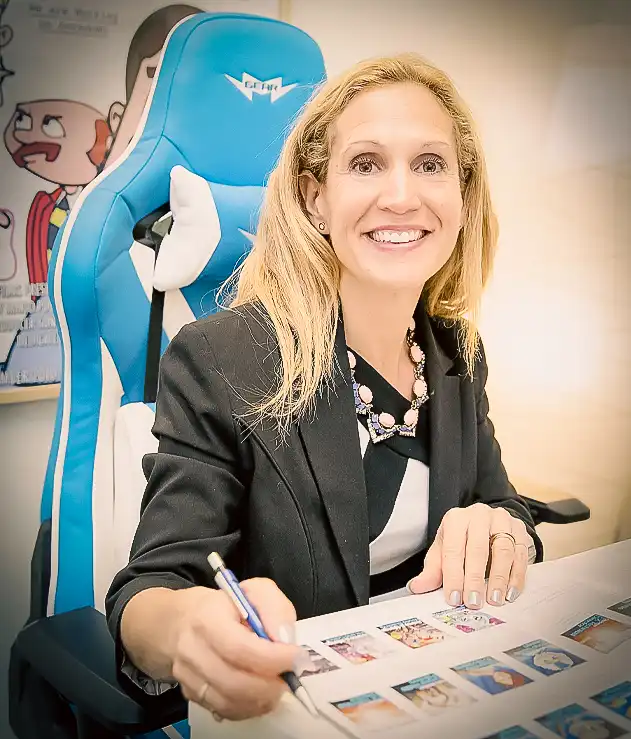 Image: High School Student Portrait
Image: High School Student Portrait
High School Students Applying to Animation Schools
Applying to Professional Schools for Animation, VFX, and Video Games as a High School Student
Ever dreamt of seeing your name in the credits of a blockbuster movie, a AAA video game, or a heart-warming animated series? The world of animation, visual effects (VFX), and video games is booming, and high school students like you are perfectly positioned to jump-start a career in this exciting field. But with so many talented folks vying for spots in top programs, how do you make yourself stand out?
Fear not, aspiring artist, programmer, or technical whiz! This blog post will help you with the knowledge and strategies to create a compelling application for professional animation, VFX, and video game schools.
- Building a Strong Foundation in High School: Leveraging your high school years to build a solid skillset.
- Identifying Your Strengths: Discovering your niche within the vast world of creative tech careers.
- VANAS High School Student Programs: Exploring specialized programs designed to elevate your skillset.
So, grab your drawing tablet, dust off your coding skills, and get ready to embark on an exciting journey!
Building a Strong Foundation in High School
High school isn't just about exams and standardized tests. It's your springboard to launch your future career! Here's how you can leverage these formative years:
- Take Advantage of Relevant Courses: Sign up for art and computer science electives whenever possible. Look for classes in drawing, animation, 2D/3D design, film, and programming. These courses provide a solid foundation in the core principles and software used in the industry.
- Develop Your Portfolio: Start building your portfolio early! Even if you're still learning, showcase your artistic talent and technical skills. Include traditional drawings, digital illustrations, animations, game levels (if you're coding), or anything else that demonstrates your creativity and problem-solving abilities.
Quality is key. It's better to have a few polished pieces than a collection of unfinished work.
- Seek Mentorship: Look for opportunities to learn from experienced professionals. Reach out to artists, animators, or game developers in your local community. Shadow them for a day, ask for portfolio feedback, or explore online mentorship programs.
Recognizing Your Strengths: Artist, Technical Artist, or Programmer?
The world of animation, VFX, and video games is a collaborative one. Each project relies on the unique skillsets of artists, technical artists, and programmers to come to life. Here's how to identify where you might excel:
The Artist: You have a natural talent for drawing, sculpting, and bringing characters and worlds to life. You enjoy storytelling through visuals and possess a strong sense of design and composition.
The Technical Artist: You find yourself drawn to the technical aspects of creating visual experiences. You're comfortable with software like Maya, ZBrush, or Substance Painter and enjoy tackling challenges related to lighting, rigging, and textures.
The Programmer: Coding is your playground! You enjoy the logic and problem-solving aspects of creating interactive experiences. You might be interested in game engines like Unity or Unreal Engine and thrive on building systems that make games function.
It's important to note that these are just broad categories. Many professionals have a blend of skills. For example, some animators are also skilled in character design, while others have a strong technical understanding of rigging.
Frequently Asked Questions:
Can I pursue a career in animation, VFX, or video games straight out of high school? While it’s possible to enter the industry without a formal degree, most professionals have undergone specialized training or obtained a diploma or degree from an accredited school.
What should I include in my portfolio when applying to professional schools? Your portfolio should include your best work, whether it’s character designs, animations, VFX projects, or game prototypes. Focus on quality over quantity and highlight your unique style and skills.
How important are grades and standardized test scores for admission to animation, VFX, or video game programs? While good grades and test scores are important, admissions advisors consider factors such as your portfolio, letters of recommendation, and personal statement. Demonstrating passion, creativity, and a strong work ethic can outweigh a less-than-perfect academic record.
VANAS High School Student Programs: Level Up Your Game
VANAS Online Animation School offers specialized high school student programs designed to give you skills and prepare you for the rigors of professional programs.
- Intro to Digital Arts: Dive into the exciting world of 3D animation with this program that teaches you the basics of modeling, rigging, and animation in Maya.
This short course is a fantastic way to explore different areas within animation, VFX, and video games, refine your portfolio, and learn from industry professionals.







